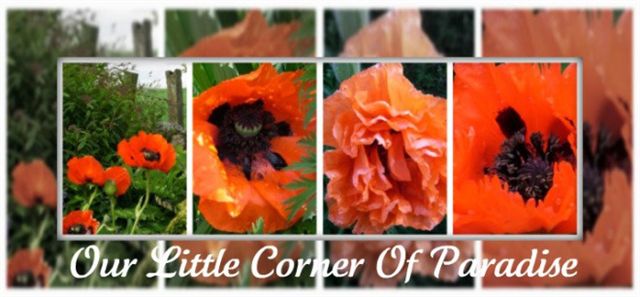The frog colony.

One morning, as well being awoken by the dawn chorus, the air is filled with a cacophony of croaking sounds to the front and rear of our house and we know it’s time to re-acquaint ourselves with the frog chorus. In the days which follow, we await the profusion of their spawn.
Each clump contains up to 4000 eggs. The jelly around them, swollen with water, floats to the surface where the eggs are warmed by the sun. Twelve weeks later, having developed from newly-hatched tadpoles into tiny, one centimetre frogs, we find ourselves walking around the garden on tip-toe in order to avoid stepping on them.
Nature has its own way of dealing with thousands of tadpoles, which, if they survived to maturity, would tip the balance in the pond. Most are eaten by the great diving beetle and adult newts, and various larvae have their share too.

























No comments:
Post a Comment